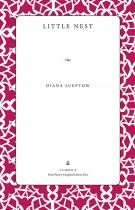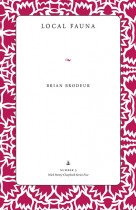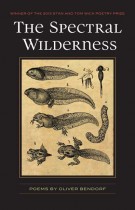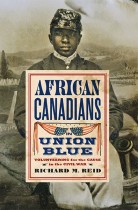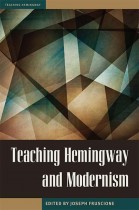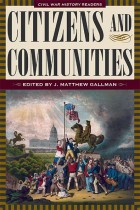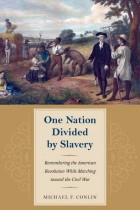Dissolving Tensions
Phillip Myers | Filed under: American History, New Studies in U.S. Foreign Relations, U.S. Foreign Relations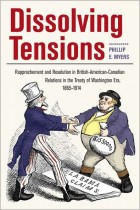
Dissolving Tensions dismisses the long-held argument that a British-American rapprochement did not occur until the mid-1890s. Instead, author Phillip E. Myers shows that the rapprochement was distinct prior to the Civil War, became more distinctive during the conflict, and continued to take shape afterward.



